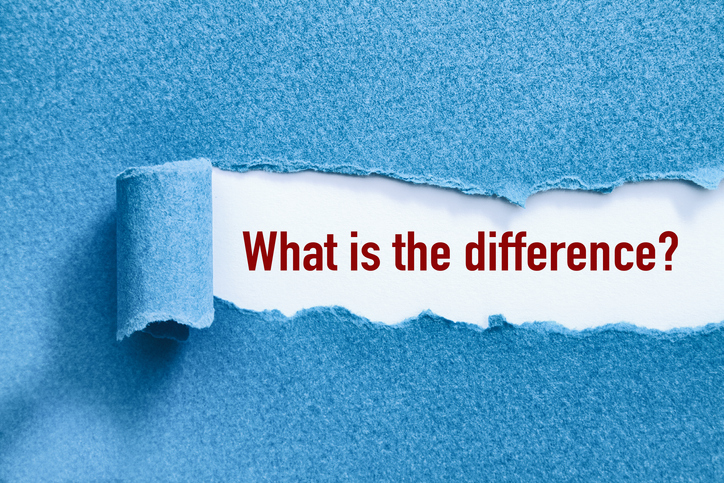How Does Collaborative Divorce Differ from Regular Divorce?

Collaborative divorce is a type of alternative dispute resolution (ADR) that does not require the couple to appear before a judge. Instead, the spouses will work with professionals such as attorneys, therapists and financial experts to settle the various aspects of their divorce.
Below is a quick overview of some of the ways the collaborative divorce process is different from the standard divorce process.
- Non-adversarial: Collaborative divorce is meant to be peaceful and, as the name would suggest, collaborative, unlike standard divorce, which can be rather adversarial and competitive. The purpose is to allow spouses to work together to find solutions to their disputes.
- Contract: At the outset of a collaborative divorce, both spouses sign a contract agreeing that they will resolve all issues relating to divorce outside of court, and that they will be respectful and fair in their discussions and negotiations.
- Openness in discovery: Both parties in a collaborative divorce agree to be open and honest with providing as much information about their finances and assets as possible. Sometimes, divorce trials require more forceful discovery processes, including court orders and subpoenas.
- Experts are neutrals: Rather than expert witnesses being hired to assist one party, experts in a collaborative divorce are there to be neutral and to provide independent advice. Any information provided by them cannot be used in court if the collaborative divorce process fails.
- Lawyers’ approach: Attorneys will also work with each other toward a settlement, and generally have been trained in the collaborative process.
To learn more about all your legal options when approaching a divorce, contact a skilled Long Island family law attorney with Bryan L. Salamone & Associates.





